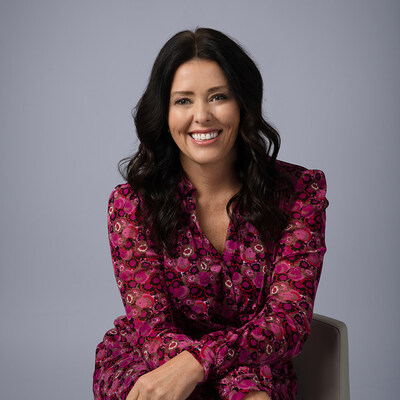
There’s an old saying, “All politics are local.” But today, thanks to digital, ‘local’ has gotten a lot larger.
Nearly 38 million viewers tuned in to watch the first African-American accept the Democratic nomination for president. Republicans made history when they scaled back opening festivities as Hurricane Gustaf threatened New Orleans three years to the day after Hurricane Katrina.
As a digital marketer who consistently recommends digital media to clients, it was only natural that I got to thinking about how Obama and McCain have—or have not—been using digital to advance their campaigns. Regardless of your political persuasion, most marketers agree that Obama’s campaign has done the best job of integrating the many aspects of the digital and direct world. While the debate goes on about the effectiveness of the announcement’s timeliness and impact, it’s difficult to argue that Obama’s decision to announce his running mate to his supporters first by opt-in text messaging and on his Web site (http://www.BarackObama.com) was a brilliant database gathering tactic, capturing an estimated 1.7 million interested parties. Additionally, Neilson Mobile reported a total of 2.9 million mobile subscribers.
Not to be outdone, McCain pulled a stunt of his own by selecting relatively unknown Alaskan governor Sarah Palin, as his running mate. Some say McCain selected Palin after reading the Draft Sarah Palin for VP blog. And who kept Palin on the radar of the McCain campaign senior leadership team? Adam Brickley a 21-year-old blogger from Denver, Colorado, that’s who.
Yes, digital media is playing a part in national elections. But while both candidates are using technology, neither is using digital media to their full advantage: to engage voters in two-way conversation. Neither Democrats nor Republicans are speaking with to voters. Instead, they’re talking to voters. Each day voters get a new e-mail that slams the other party, and then asks for a donation.
To fully embrace all that digital media has to offer, here’s a thought: Do something with the data you collect from your constituency. Show voters they’ll get something back for supplying their information. If, for example, you go the extra mile of asking me about my life, issues and concerns, use this information later to speak to me “individually” about specific topics through e-mail. Too many candidates and businesses do nothing with this data. Acting on it will show voters their voice matters.
McCain and Obama aren’t the only “businesses” guilty of failing to fully utilize digital medial to create a social conversation. Many organizations, large and small, aren’t engaging customers in two-way digital communication, either.
When meeting face-to-face, a good relationship begins with the social niceties, such a firm handshake and give-and-take conversation. We get to know each other first before taking it to the next level, such as asking for money. It’s no different in the digital world. Good dialogue can lead to powerful messages that will resonate with the target audience, whether running for national or local office, soliciting a contribution or selling a product.
Once the social conversation has begun and a relationship established, voters and customers want to keep the discussion going, and will willingly hand over their demographic information. It’s a simple step, but a significant one. It doesn’t take a large budget to build a large database that can usher a candidate into office, send sales through the roof, become a focus group, or create a pool of funds for future elections. Managed properly, a database built during a campaign can be used by a candidate to dialogue with constituencies while in office, to maintain a positive image to communicate regarding vital issues.
Candidates who lose their bid for office can also use the names they’ve accumulated to carry on communication with supporters and build a grassroots effort for their campaign. In fact, an accurate and up-to-date database may give a losing candidate a better chance of winning next time. By continually building and maintaining a database, marketers and candidates alike will be cultivating a pool of customers and constituents to draw from for years to come.
Whether running for office or launching a product marketing campaign, it’s critical that candidates and communicators develop strategic marketing plans that will push their brands into a two-way social networking conversation. By incorporating digital methods into traditional marketing plans, brands or candidates will be able to touch—and keep in touch—with their audiences directly, quickly, accurately and inexpensively.
Shannon Delaney is vice president, client services, for Engauge Digital.
 Network
Network

